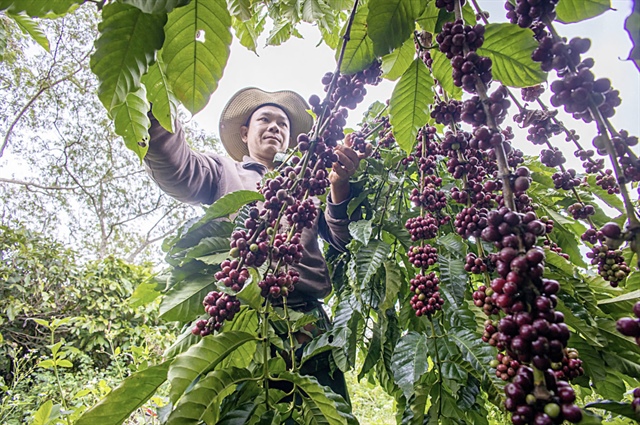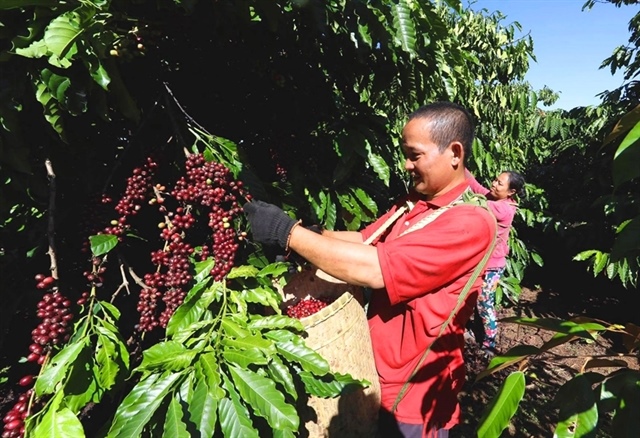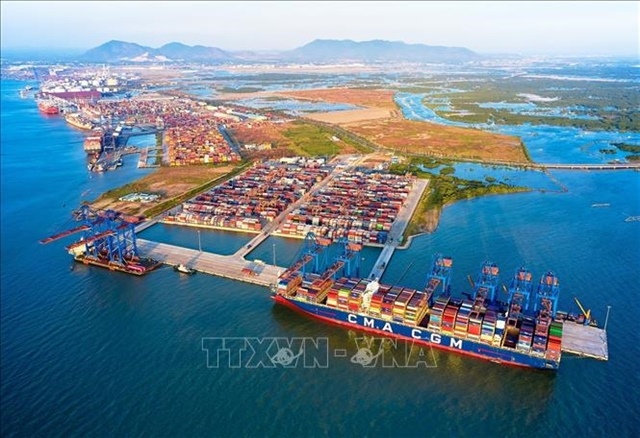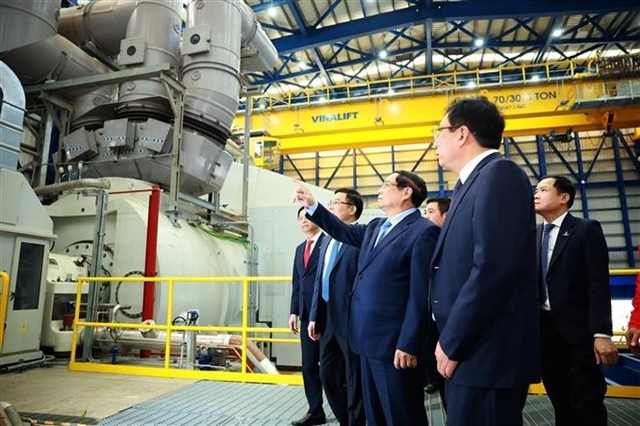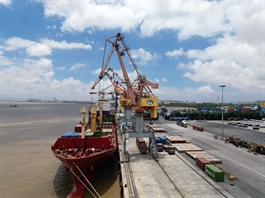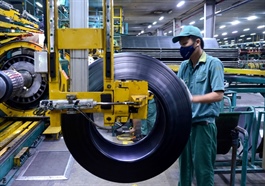How Vietnam’s exports adapt to Trump’s tariff policy
How Vietnam’s exports adapt to Trump’s tariff policy
In the face of U.S. President Donald Trump's aggressive tariff policies targeting major trade partners, Vietnam’s export sector is at a crossroads, facing both significant opportunities and considerable challenges, according to Minister of Industry and Trade Nguyen Hong Dien.
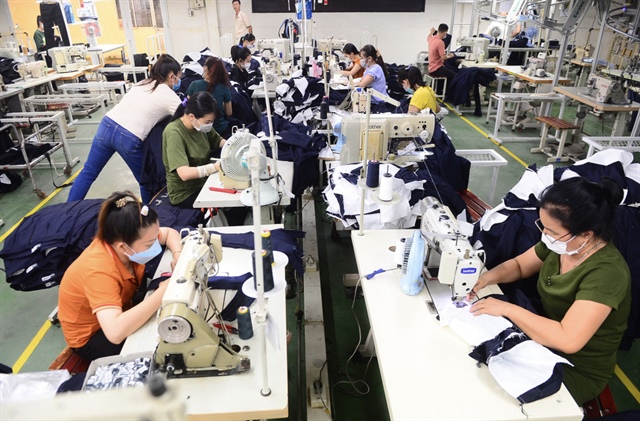
Employees are at work at an apparel firm in Vietnam. Photo: Quang Dinh / Tuoi Tre |
The nation must prepare strategically to enhance competitiveness in light of the shifting global trade landscape, he noted.
In an era of rising geopolitical instability, Minister Dien said that competition in the global exporting market is set to intensify, particularly with players like China, Indonesia, and Thailand.
Developed nations have been applying stricter standards and regulations concerning supply chains, raw materials, labor, and environmental practices, further complicating international trade.
|
|
| Vietnamese Minister of Industry and Trade Nguyen Hong Dien |
U.S. President Trump’s plan to impose sweeping tariffs has triggered the phenomenon of goods being stockpiled to avoid tax hikes, driving up demand for container shipping and pushing freight costs to new highs.
Despite these pressures, Vietnam may find itself positioned to capitalize on global supply chain shifts, he said, explaining that the country could attract more investment into high-value sectors.
However, the rising logistics costs and higher standards from importing markets might challenge the nation’s competitiveness.
In spite of such big challenges, a possible trade war entailing tariffs is expected to smooth the path for Vietnam to boost its production and exports to replace China to tap the U.S. market.
Minister Dien emphasized that Vietnam’s export performance remained strong, with its export turnover recorded at US$405.53 billion in 2024, a year-on-year increase of 14.3 percent.
The success could be attributed to the country’s strategic use of free trade agreements, diversification of markets and products, and continued support for domestic businesses.
Its exports are expected to remain dynamic, with even greater momentum in 2025.
In response to the global trade uncertainties, the Ministry of Industry and Trade plans to continue prioritizing investment in key export sectors, including high-tech manufacturing, such as electronics and machinery.
Efforts will also be focused on enhancing the localization rates and added values of products by attracting investment in semiconductors and meeting requirements on the business and production environment.
Moreover, highly-competitive industries like textiles, footwear, and agricultural products will pivot toward green production in line with international sustainability standards.
A key aspect of Vietnam’s strategy lies in bolstering the digital transformation of its enterprises, especially small and medium-sized businesses, which will help them reduce costs, increase labor productivity, and meet increasingly stringent international quality standards.
The ministry is committed to facilitating this transformation by offering training, consultations on rules of origin, and connecting businesses with reputable international suppliers to optimize production costs and enhance competitiveness.
|
|
| A farmer harvests coffee in Vietnam. Photo: Trung Tan / Tuoi Tre |
Coffee, wood exports: Hope for growth, adaptation
As the largest coffee exporter in Vietnam in 2024, Intimex Group exported coffee worth some $1 billion, driven by robusta coffee’s unique appeal in global markets, said Do Ha Nam, general director of the company and vice-president of the Vietnam Coffee Cocoa Association.
With a focus on sustainable production practices, including forest preservation certifications, the nation will make greater strides in coffee exports, he stressed.
However, the proportion of Vietnam’s coffee that undergoes deep processing remains low at just 15 percent.
The goal is to increase this to 30 percent within the next five years, improving export value in the process, he said.
Similarly, Vietnam’s wood industry has shown signs of a strong recovery, with exports growing over 20 percent in 2024.
The U.S. remained a crucial market, accounting for 35-40 percent of Vietnam’s total wood exports, according to Nguyen Chanh Phuong, vice-president of the Handicraft and Wood Industry Association of Ho Chi Minh City.
Yet, the potential for higher tariffs by the U.S. on Vietnamese wood products remains a concern, so local businesses must navigate heightened competition.
Road ahead: Opportunities for strategic growth
Vietnam’s textile and garment industry could benefit significantly if U.S. tariffs on Chinese products increase, offering a window for the Southeast Asian country to strengthen its market share in key regions.
However, to fully capitalize on this, domestic firms must address long-standing challenges, such as the need for better raw material sourcing and compliance with stricter environmental regulations, said Cao Huu Hieu, general director of Vietnam National Textile and Garment Group.
The industry must focus on innovation and invest in local supply chains to secure the benefits of free trade accords.


